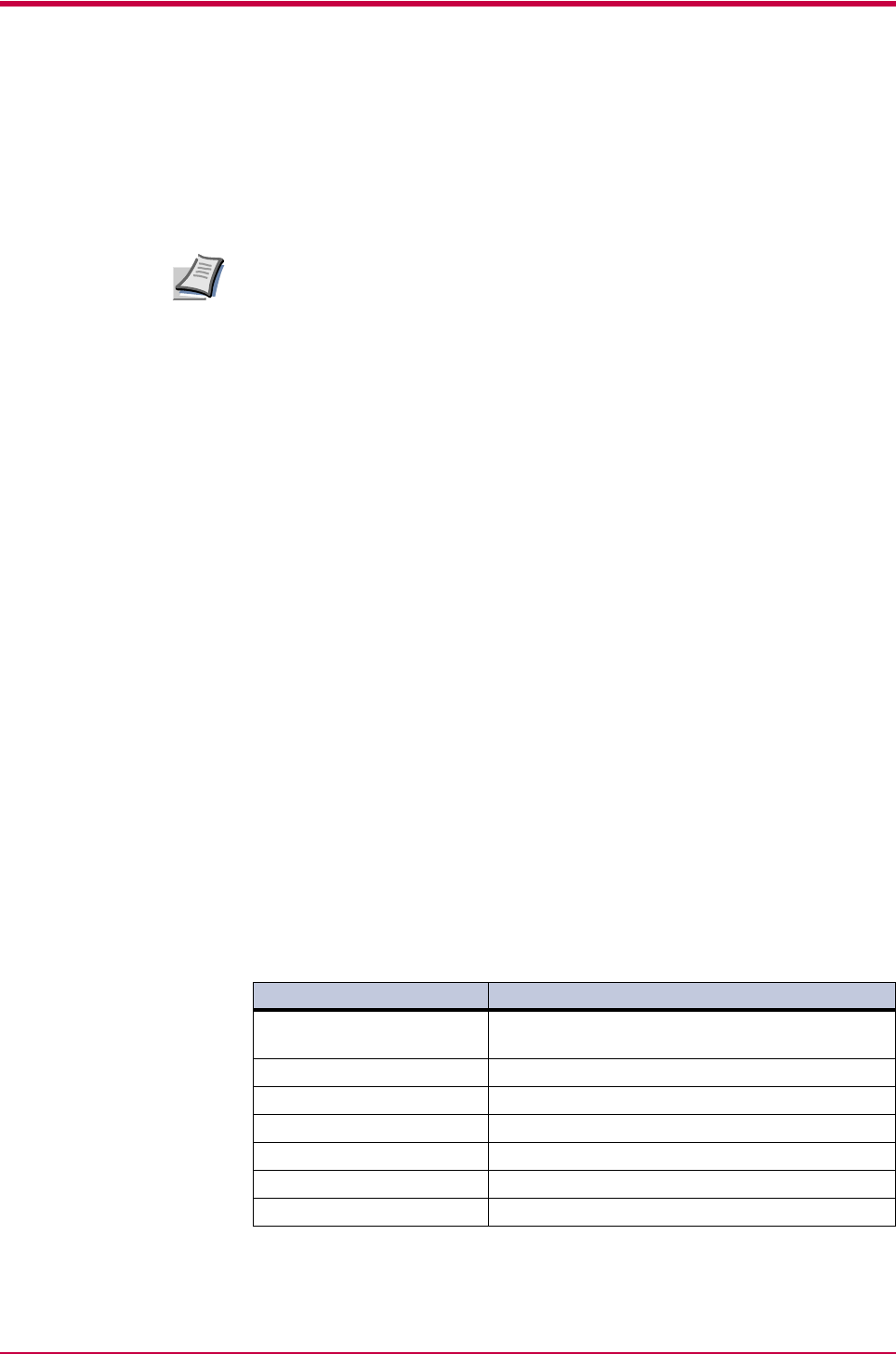
General Guidelines
2-2
General Guidelines
The printer is designed to print on high-quality copier bond paper (the kind
used in ordinary dry copier machines), but it can also accept a variety of
other types of paper within the limits specified below.
The manufacturer assumes no liability for problems that occur when
paper not satisfying these requirements is used.
Selection of the right paper is important. Using the wrong paper can result
in paper jams, misfeeding, curling, poor print quality, and paper waste, and
in extreme cases can damage the printer. The guidelines given below will
increase the productivity of your office by ensuring efficient, trouble-free
printing and reducing wear and tear on the printer.
Paper Availability
Most types of paper are compatible with a variety of machines. Paper
intended for xerographic copiers can also be used with the printer.
There are three general grades of paper: economy, standard, and premium.
The most significant difference between grades is the ease with which they
pass through the printer. This is affected by the smoothness, size, and
moisture content of the paper, and the way in which the paper is cut. The
higher the grade of paper you use, the less risk there will be of paper jams
and other problems, and the higher the level of quality your printed output
will reflect.
Differences between paper from different suppliers can also affect the
printer’s performance. A high-quality printer cannot produce high-quality
results when the wrong paper is used. Low-priced paper is not economical
in the long run if it causes printing problems.
Paper in each grade is available in a range of basis weights (defined later).
The traditional standard weights are 16, 20, and 28 pounds (60 to 105 g/m
2
).
Paper Specifications
The following table summarizes the basic paper specifications. Details are
given on the following pages.
Note
Item Specification
Weight
Cassette: 60 to 105 g/m²
(16 to 28 lb/ream)
MP tray: 60 to 200 g/m²
(16 to 53 lb/ream)
Thickness 0.086 to 0.110 mm (3.4 to 4.3 mils)
Dimensional accuracy ±0.7 mm (±0.0276 inches)
Squareness of corners 90° ±0.2°
Moisture content 4 to 6 %
Direction of grain Long grain
Pulp content 80 % or more


















